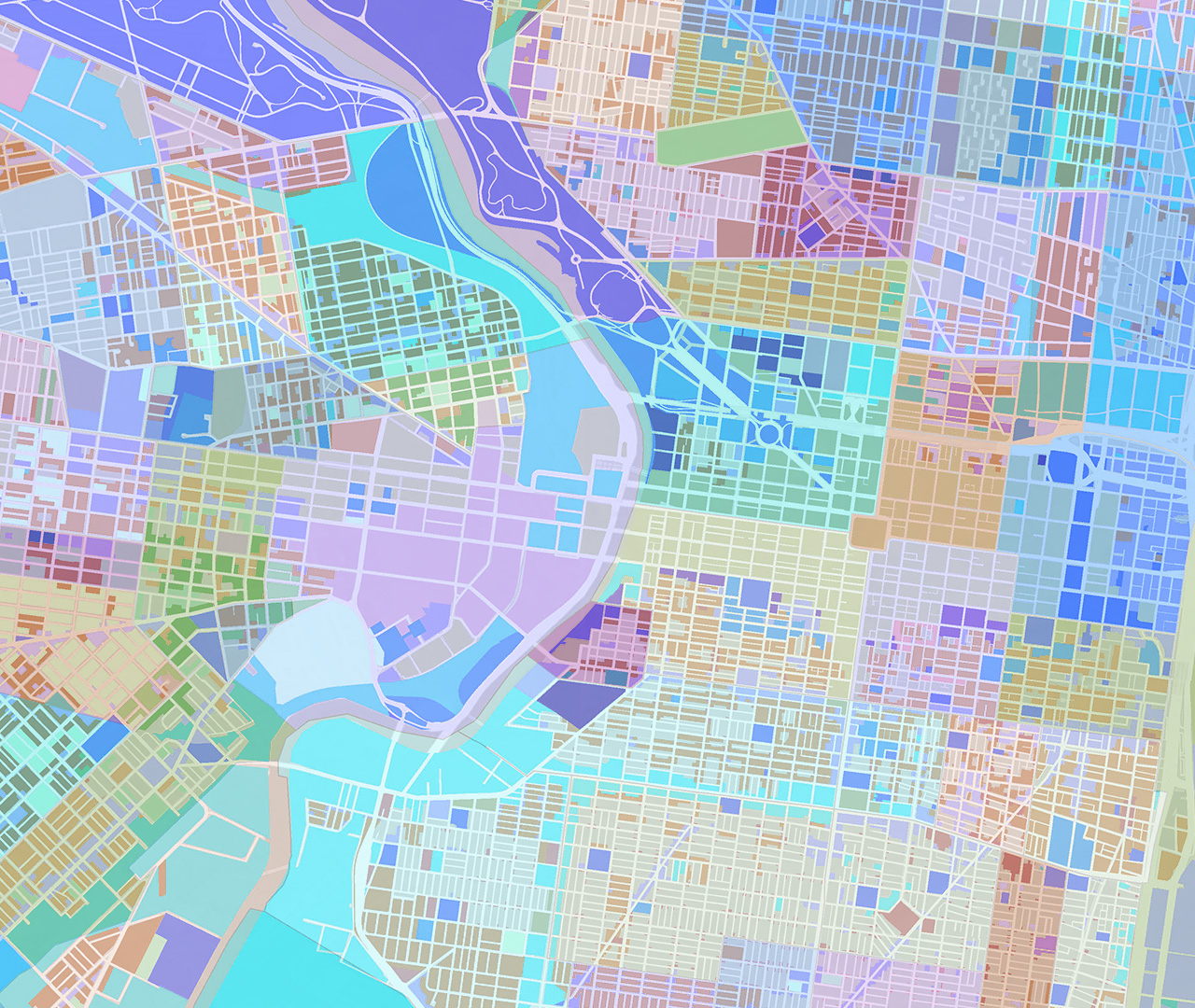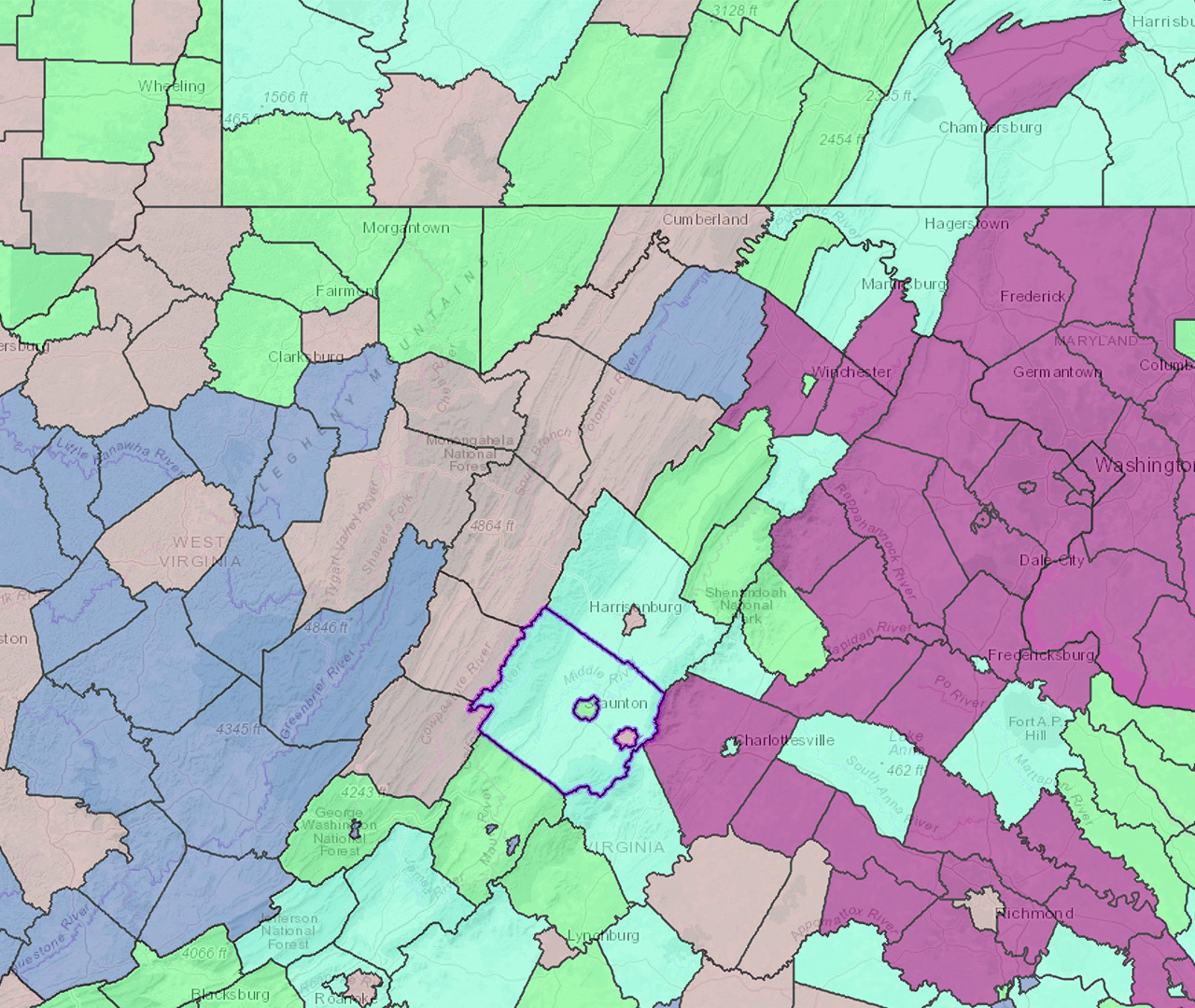Population censuses are one of the primary sources of data for implementing policies aimed at inclusive socioeconomic development and environmental sustainability. Governments recognize the need to advance their mission with the help of digital technology and the use of GIS: a transformational technology that allows organizations to understand how location impacts their workflows and bottom line.
The US Census Bureau set a goal to modernize its entire census process and understand how to apply technology—including GIS—to better serve its mission.
The US Census used GIS technology to gain efficiencies, increase accuracy, and improve collaboration—all while reducing costs.











